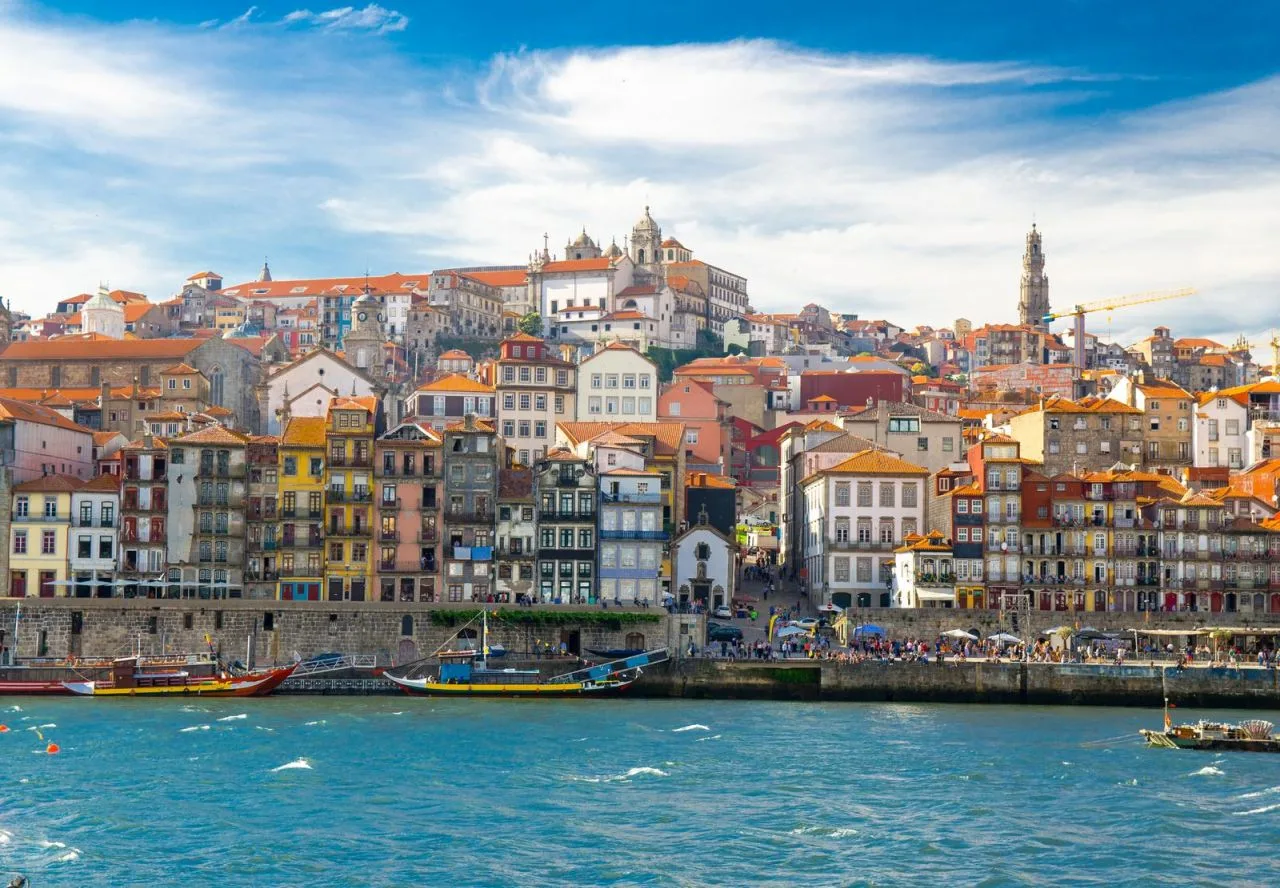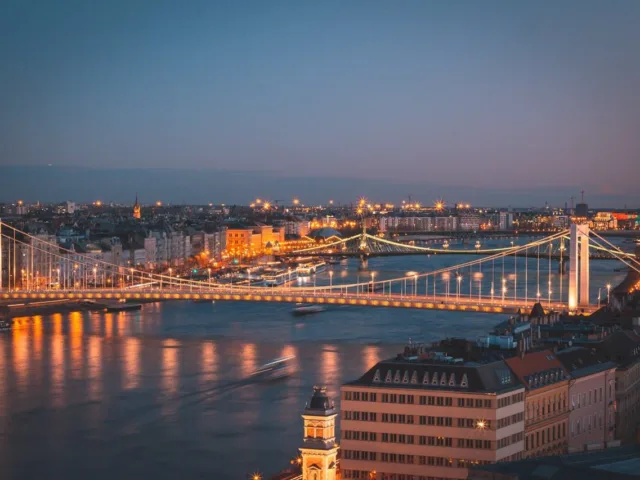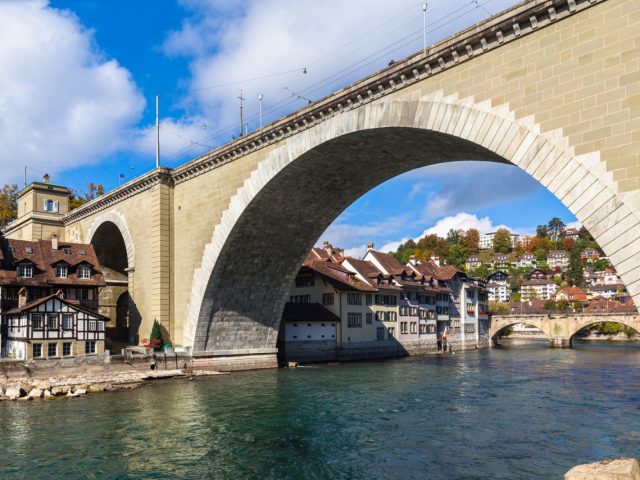Porto Old Town
Address
Porto, Portugal
GPS
41.1494512, -8.6107884
Porto Old Town with its thick flagstones and delicately-molded facades is without a doubt one of Europe’s most breathtaking cityscapes, and it is attracting an ever-increasing number of culture-hungry visitors.
The origins of this ancient district, which is firmly planted on the hillsides overlooking the mouth of the River Douro, can be traced back thousands of years to Phoenician merchants who moored their ships at the quayside to trade with the local Celtiberian Lusitanians at the time.

Portugal’s second-largest city and a bustling industrial hub, this gracious capital of the north has successfully combined commercial efficiency with an atmosphere of unpretentious charm.
The historic heart of the city is a maze of narrow, crooked alleyways that have been worn smooth by countless generations and is bordered by an arcaded walk that contains shops and restaurants built into the old city wall. Some remnants of the city’s ramparts, which were built on Roman foundations in the 12th century and still stand today, can be seen alongside two of the original gates.
Its patrimonial significance drew the attention of the United Nations Educational, Scientific, and Cultural Organization (UNESCO), which designated this section of downtown Porto as a World Heritage Site in 1996, stating that the city’s “historic center, built along the hillsides overlooking the mouth of the River Douro, forms an exceptional urban landscape with a thousand-year history.
Porto, like all old cities, is best explored on foot, and a leisurely stroll through the narrow streets surrounding the house where Henry the Navigator was born on the 4th of March 1394 is a good place to begin your exploration. It is located in the shadow of the cathedral where his English mother, Philippa of Lancaster, had married King Joao I seven years earlier.
The ancient streets clustered around the cathedral add to the district’s immense old-world charm, with names such as Scabbardmaker’s Street, Dark Street, Chestnut Street, Whirlwind Street, and the Streets of Pelt all contributing to the district’s immense old-world charm.
The Igreja dos Grilos (Church of the Crickets), which dates back to the 17th century and is located deep within the labyrinth of this quarter, is one of the earliest examples of Baroque architecture in Portugal.
Other must-see attractions in Porto’s historic square-mile include the Gothic-style Igreja de So Francisco, which is richly decorated with elaborate gilded wood-carvings dating back to the 17th century and is the city’s most ornate church. The Igreja de So Francisco is the most ornate church in the city. It was originally built by Franciscan monks in 1383 and is considered to be one of the finest examples of ecclesiastical architecture in all of southern Europe, if not the world.
The magnificent stock exchange building known as the Palácio da Bolsa, which is nearby, is also worth seeing for its grand neo-classical façade and exquisite Arab Hall, which is a fine imitation of the great hall of the Alhambra in neighboring Spain, among other things.
The Dom Luis I bridge, one of Porto’s most iconic structures, has been serving the city since its construction in 1886 and has become a symbol of the city’s history. Aside from its beautiful wrought-iron latticework, the bridge is notable for having two carriageways, the lower of which is used for regular traffic and the upper of which is used to accommodate the rapid succession of Metro trains that dart in and out of the city.
In 1809, thousands of people attempted to flee from Napoleon’s forces while attempting to cross the river, resulting in the collapse of the floating bridge with tragic consequences. This event is commemorated by a blackened bronze plaque that marks the spot where thousands of people attempted to flee from Napoleon’s forces in panic while attempting to cross the river. Although it collapsed and hundreds of men, women, and children perished in the icy waters, the fact that the French grenadiers attempted to rescue many of the drowning men, women, and children is preserved on the bronze relief for posterity.
Lift a glass to them when you’re at one of the Port wine lodges on the south side of the River Douro, many of which are centuries old and bear some of the most famous names in winemaking, including Taylor’s, Graham’s, Cockburn’s, Croft’s, and Sandeman’s.






